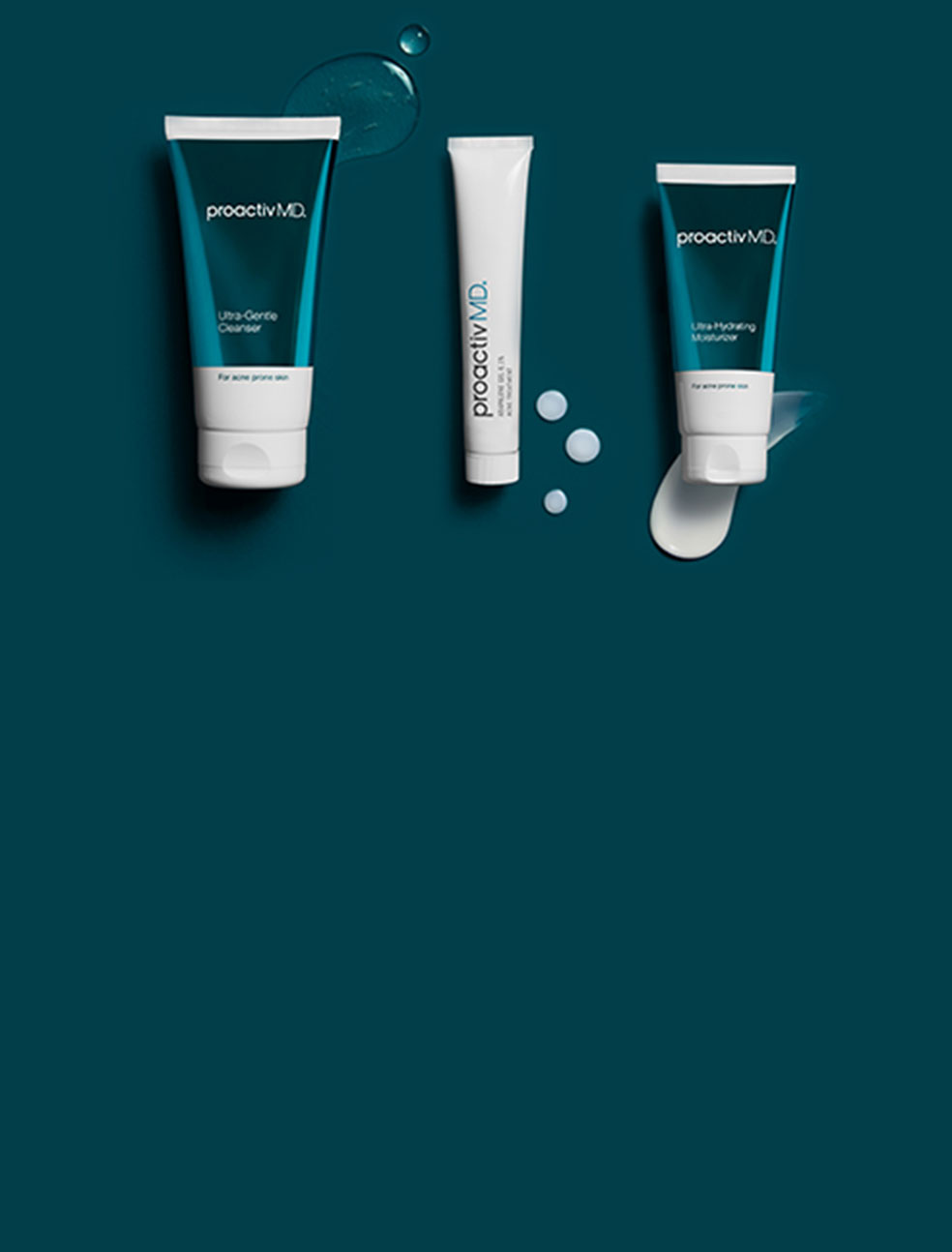Adult Acne
When you’re a teenager suffering from acne, you may think that once you’re an adult, that struggle will fade along with your pimples. Yet, up to 40% of adults experience acne well into their 30s, 40s and 50s. Some adults never get a break and just continue their teen acne issues into adulthood. Other adults may have dodged the acne bullet in high school, only to suddenly find a breakout for the first time in their lives when they’re older, a phenomenon known as adult-onset acne. Just like teen acne, adult acne can be the result of clogged pores, stimulated oil glands, an overgrowth of bacteria, hormonal changes or inflammation. And it’s just as upsetting when you’re 40 as it is when you’re 14. Finding the best adult acne treatment requires understanding what causes adult acne and assessing your adult acne treatment options.
Female Adult Acne
Adult acne is more common in women than men and usually occurs between the ages of 20 and 54. Female adult acne often looks different than teen acne, so many women don’t realize that they are experiencing breakouts. Female adult acne generally consists of a few large, tender, bumps that last for weeks and never come to a head. Though this doesn’t necessarily mean that adult women can’t get blackheads, whiteheads and papules.
Many women mistake their blemishes for an allergic response to a skincare product but this is rarely the cause. The majority of the cases are triggered by a reaction to hormones. Women’s hormone levels fluctuate every month and throughout their lifetime. Monthly cycles, pregnancy, starting or stopping birth control pills, perimenopause and menopause all cause hormonal shifts that can lead to female adult acne. In some cases, adults may mistake acne for rosacea as the two conditions share similar features (bumps and pimples). It’s important to see a dermatologist for a proper diagnosis if you’re uncertain which condition you may have.
Other Causes of Female Adult Acne
Stress can also cause hormonal changes because it releases cortisol and androgen hormones, which can increase oil production.
Male Adult Acne
Men don’t ride the hormonal roller coaster that triggers breakouts in women, so adult acne is less common for men than women. Because their testosterone and dihydroxytestosterone hormone levels remain constant in adulthood (after surging during puberty) most men have outgrown acne by their mid to late 20s. Still, up to 25% of men get adult male acne.
Adult male acne can flare up in response to stress, prescription drugs, steroids, friction from headbands, hats or athletic gear, exposure to heat and humidity, hair gels and pomades, and sunblocks. For men, successfully treating adult acne means recognizing if any of these triggers are causing your adult acne.
Shaving Bumps
Men, especially those with curly hair, are predisposed to shaving bumps. Different from acne, shaving bumps are caused by ingrown hairs which barb back into the hair follicle, yet both conditions can have a similar appearance and both can become infected with bacteria and cause redness and inflammation. Also known as pseudofolliculitis barbae, these pimple-like blemishes have been estimated to occur in more than 60% of African-American men. Changing razor blades every few days, using a medicated shaving product, or switching to an electric razor can help minimize shaving bumps.

Try ProactivMD® — for inflamed, stubborn breakouts — featuring adapalene gel, our prescription-strength retinoid to help treat and prevent breakouts.
choose this routine
Try ProactivMD® — for inflamed, stubborn breakouts — featuring adapalene gel, our prescription-strength retinoid to help treat and prevent breakouts.

Try ProactivMD® — for inflamed, stubborn breakouts — featuring adapalene gel, our prescription-strength retinoid to help treat and prevent breakouts.
choose this routine
Try ProactivMD® — for inflamed, stubborn breakouts — featuring adapalene gel, our prescription-strength retinoid to help treat and prevent breakouts.




